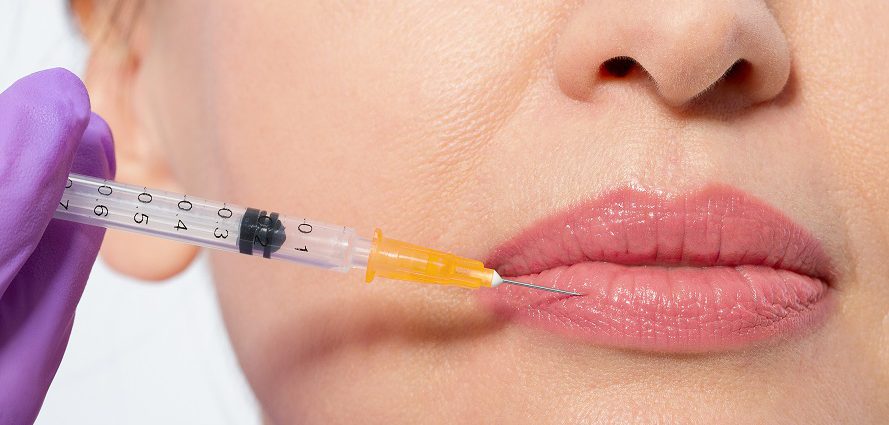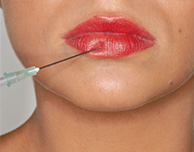Lip Lifting Surgery

Reviewed by Scott R. Miller, MD, FACS
Lip lifts can help counteract the effects of aging on your lips or plump naturally thin lips. As we age, our skin becomes lax, including the area between the nose and upper lip. When this occurs, our upper lip becomes thinner, with little of the pink area (vermillion) showing. This extra skin can also cover our teeth when we smile.
Lip lifts remove some of the excess skin and pull the lip to a higher position, exposing more pink vermillion. When combined with injectable fillers such as Restylane or Juvederm, lip lifts can restore a youthful pucker to aging lips or enhance naturally thin lips. Injections of fat taken from other areas of your body may also be an option for lip augmentation.
Lip Lift Surgery
Lip lift is performed as an outpatient procedure using a local anesthetic. It takes about one to two hours to perform, depending on the extent of the surgery.
There are several types of lift lip surgery. The right method for you can only be determined during a consultation with a board-certified plastic surgeon. Your surgeon will listen to your aesthetic goals, examine the anatomy of your lips and make a recommendation.
The two main types of lip lift surgery are the “bull’s horn” lip lift and the “gull wing” lift. When performing the bull’s horn lift, your surgeon creates an incision just beneath your nose, where the resulting scar will be virtually invisible. Incision placement and risk of scarring vary by skin type and anatomy. He or she then removes a strip of skin in the shape of a “Cupid’s bow” (mimicking the curve of your upper lip) and raises your lip to its new position before closing the incision.
When performing the gull wing lift, your surgeon removes an M-shaped strip of skin above the border of your upper lip (where the vermillion meets the facial skin). This procedure is not as popular as the bull’s horn lift because it increases the risk of a telltale scar.
Lip Lift Recovery
You will experience some swelling for a few days after your lip lift. Any discomfort can typically be relieved with prescription painkillers or over-the-counter (OTC) pain relievers. Ask your surgeon about which OTC medications are OK to take following surgery and which ones aren’t. Your stitches will typically be removed within one week of your surgery.
Compared to facelift or rhinoplasty, lip lift is a relatively minor facial plastic surgery procedure. However, like all surgeries, it entails some risks.
Lip Lift Risks

Lip lift risks include:
- Infection
- Fluid accumulation (seroma)
- Wound separation
- Abnormal scarring
- Loss of sensation
- Dissatisfaction with the aesthetic results
The best way to minimize your lip lift risks and ensure a smooth recovery is to select a board-certified plastic surgeon with experience performing these and other lip enhancement procedures. Start your search for the right surgeon now.
Other Lip Enhancement Procedures
Besides lip lift, other lip enhancement procedures can be performed to rejuvenate your pucker. Lip augmentation with hyaluronic acid-based fillers, your own fat or silicone lip implants can add volume to upper and lower lips. Each procedure has its own pros and cons. Laser energy can be used to remold the shape of the vermillion as well as stimulate collagen production to create tighter skin on the lips. Micropigmentation, also known as permanent makeup, can be used to make your lips look more defined and fuller.
Lip Lift Cost
A typical lip lift costs between $1,000 and $3,000. It is not covered by insurance. When combined with other procedures, such as facial injectables, the procedure will cost more.
If the cost of a lip lift is more than you can afford, ask your surgeon about payment plans or visit our plastic surgery financing page.



